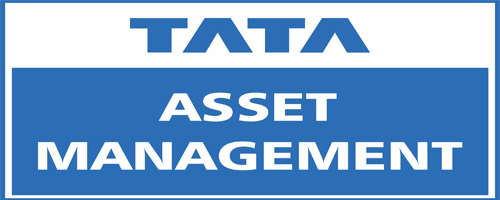Q1: What are the top three tailwinds and headwinds facing equity markets going forward?
Tailwinds are as follows –
- Fiscal situation that is stable and is helping in providing an environment for capex buildout across multiple areas including transport, logistics, heavy industries. Steps being taken to improve health of manufacturing sector are strongly helping these pockets in the listed space.
- Relatively better growth and inflation situation as compared to many other developed and developing markets. This helps FII flows. Steps being taken by Government to gradually accept debt flows from foreign investors are very useful too for hopefully reducing cost of capital for planned spends.
- Retail allocations that are running at ~6% of investments made, are leading to strong net flows into vehicles including MFs, PMS, and AIFs.
Headwinds –
- Slowing consumption as the investment cycle is getting greater attention.
- Greater potential of seeing a slower global economy that will also affect India to an extent
- Geopolitical pressures that are unpredictable by their very nature. Supply chain disruptions and sharp increases and falls in commodity prices or freight costs (the Red Sea issue more recently after having seen Russia-Ukraine led pressure hardly 2 years ago)
Q.2 Is 2024 anticipated to be a year characterized by rate cuts, and how do you perceive the pace at which rates will decline in the US?
I do not have a strong view either way. The strong central bank action of QE after Covid-19 in early 2022 and the subsequent fiscal stimulus coupled with massive supply chain disruptions, and employment pattern changes has created distortions in economic cycles. I do expect cuts to happen, but they may not be at the pace at which consensus expects. We have seen this happen on multiple occasions. The consensus usually gets it wrong, not only this time but even in earlier years when we were poised for interest rate cuts.
Q.3 There’s a viewpoint that the Small & Mid Cap segment in Indian Equities has become expensive, warranting caution until a significant correction occurs. Do you agree with this perspective, or are you more optimistic about the segment’s prospects?
For the medium term, I am positive on the prospects of small and mid caps. Around the end of calendar year 2020, we have entered a regime where valuations have started mattering more which is very welcome. There are also forces that include shifting sands at a geopolitical level that are helping certain businesses which did not get such growth opportunities in the past decade or more, the ongoing infrastructure push, and the Government’s focus on industrial policy to nurture areas in our manufacturing ecosystem. There are very interesting companies which are small, for one or more such past reasons. Nevertheless, they stand to grow healthily in the years ahead if this environment continues for them.
Q.4 Which sector or thematic trend do you believe will perform well irrespective of global risks, and uncertainties surrounding domestic elections?
Engineering and capital goods should continue to do well. Manufacturing, especially labour-intensive manufacturing is something that has more legs. Infrastructure-related ancillaries are well-placed. As supply chains are getting elongated and geopolitics is making countries think of greater self-reliance these areas should do well in the years ahead.
Q.5 How do you see sector weights change in the composition of Nifty 500 as we see approach a market capitalization of $6 trillion by the end of this decade?
Data shows us that sector leadership does shift and it does so especially around market turning points. As an example, in the end-2007 market top, sectors like oil & gas and telecom respectively had a large weightage in the index that they did not enjoy later in the next few years as the market picked up from the fall seen in the global financial crisis (GFC).
We have had a turning point in the fall of March 2020 due to Covid-19.
In the next few years, I am of the view that hard-asset owners and ancillaries that contribute to creation of hard assets will see index weights increasing. Manufacturing companies that may be dispersed across standard industry sector classifications will probably grow in weightage (for example, textiles and auto ancillaries are unlikely to be clubbed together in one sector but they are manufacturers). We will probably see more companies from the tech product area (not IT and ITeE) that are catering to global customers go the IPO route and start having weightage in the index.


